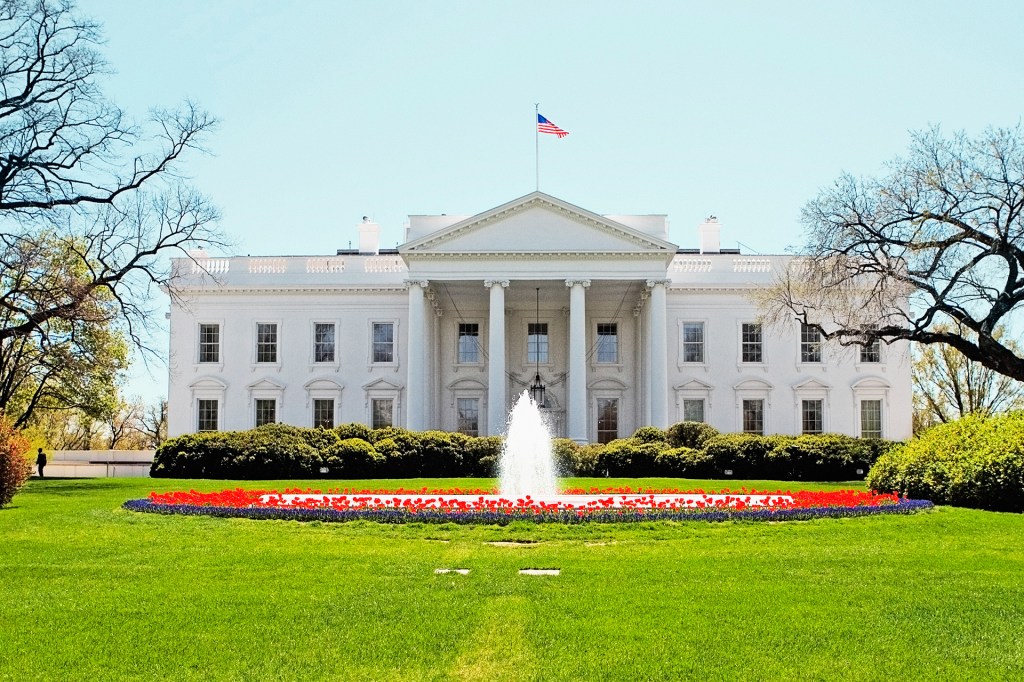A Monumental Fight
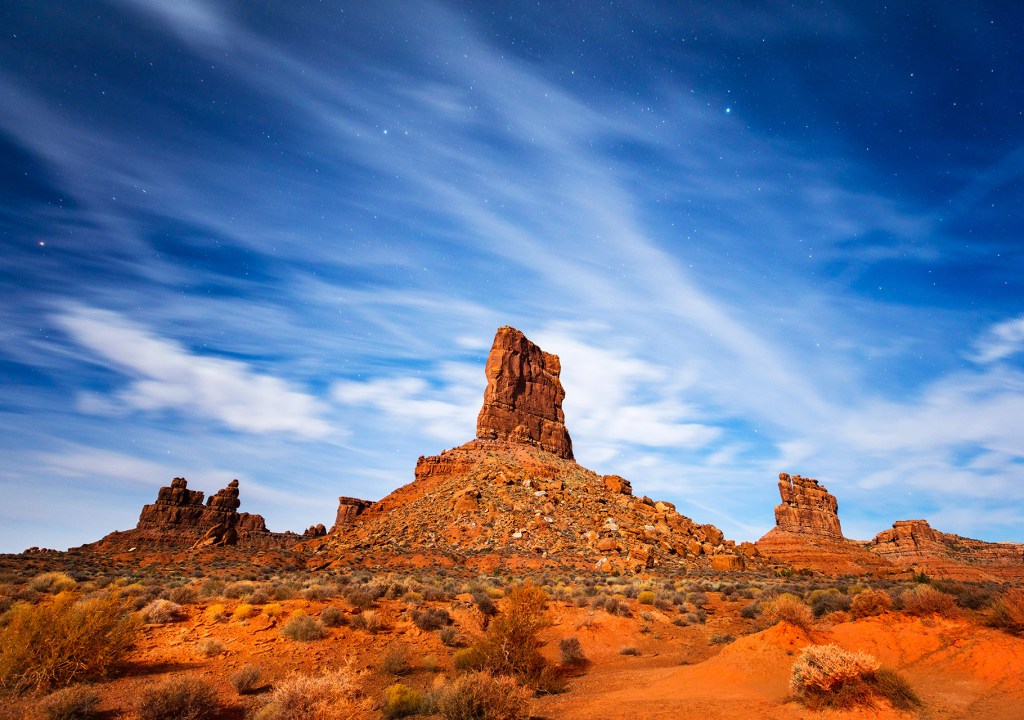
In December, President Donald Trump traveled to Utah. Supporters greeted him at the airport. But protesters waited for him at the state capitol. The purpose of the trip was to announce that two of Utah’s national monuments
monument
 RARRARORRO/GETTY IMAGES
a building, statue, or other inanimate object that honors a person or an event
(noun)
In the middle of the park is a monument to Abraham Lincoln.
would be shrunk. Bears Ears and Grand Staircase-Escalante National Monuments were each cut by about 1 million acres. This followed a recent review of protected areas. It set the stage for a legal fight.
RARRARORRO/GETTY IMAGES
a building, statue, or other inanimate object that honors a person or an event
(noun)
In the middle of the park is a monument to Abraham Lincoln.
would be shrunk. Bears Ears and Grand Staircase-Escalante National Monuments were each cut by about 1 million acres. This followed a recent review of protected areas. It set the stage for a legal fight.
Different Views
Presidents have been proclaiming national monuments since 1906. That is when Congress passed the Antiquities Act. Theodore Roosevelt, who was president, declared
declare
 MONASHEE FRANTZ/GETTY IMAGES
to say something publicly
(verb)
Our principal declared that we would now get 15 extra minutes a day for recess.
18 national monuments. Such sites must contain objects of “historic or scientific” interest.
MONASHEE FRANTZ/GETTY IMAGES
to say something publicly
(verb)
Our principal declared that we would now get 15 extra minutes a day for recess.
18 national monuments. Such sites must contain objects of “historic or scientific” interest.
Presidents have declared 157 national monuments in the past 112 years. These include a battlefield in Montana and an African burial ground in New York City. The designations
designation
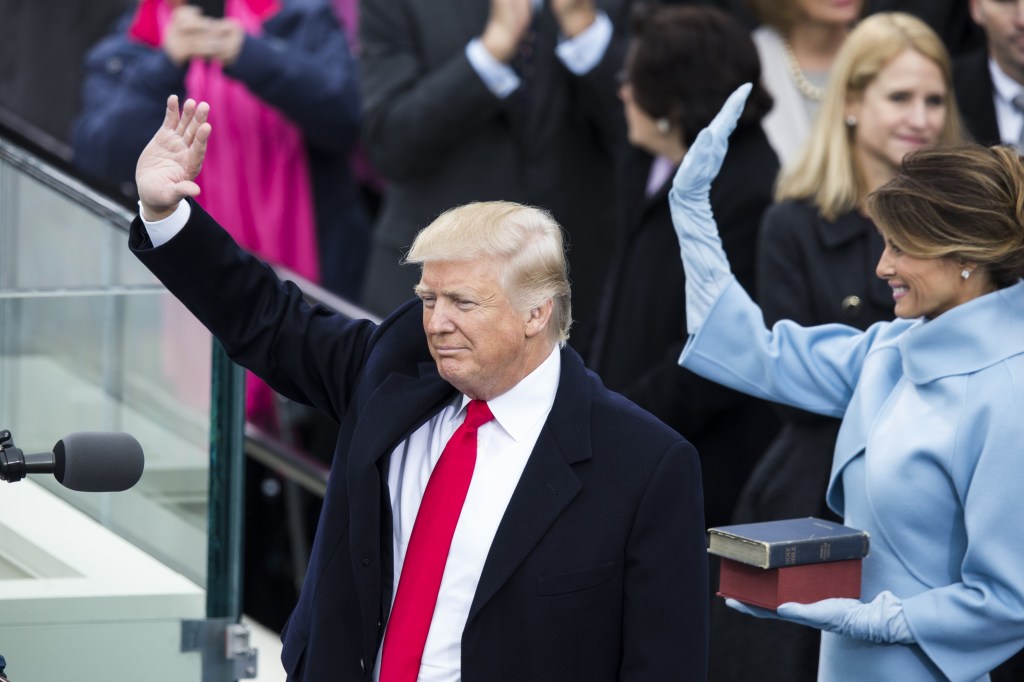 SAMUEL CORUM/ANADOLU AGENCY/GETTY IMAGES
a special name or title given to note the importance of someone or something
(noun)
After the election, Donald Trump was given the designation of president of the United States.
come with rules about how the land can be used. The rules spark debate around public space, private rights, and the role of the federal government.
SAMUEL CORUM/ANADOLU AGENCY/GETTY IMAGES
a special name or title given to note the importance of someone or something
(noun)
After the election, Donald Trump was given the designation of president of the United States.
come with rules about how the land can be used. The rules spark debate around public space, private rights, and the role of the federal government.

TAKING A STAND FOR LAND Utah’s state capitol is surrounded by protesters on December 2, 2017.
PACIFIC PRESS/GETTY IMAGESSupporters of national monuments feel the rules preserve
preserve
 WESTEND61/GETTY IMAGES
to save; to keep something in its original condition
(verb)
Myeisha bought a special box to preserve her favorite stuffed animals.
some of the nation’s most important places. Protection helps ensure the land can be used for scientific exploration, historical research, and public enjoyment. Protection also increases tourism.
WESTEND61/GETTY IMAGES
to save; to keep something in its original condition
(verb)
Myeisha bought a special box to preserve her favorite stuffed animals.
some of the nation’s most important places. Protection helps ensure the land can be used for scientific exploration, historical research, and public enjoyment. Protection also increases tourism.
Others take a different view. They believe designating monuments blocks access
access
 CHRIS TOBIN/GETTY IMAGES
entry; permission to enter or use
(noun)
Because I have so many Legos set up in my bedroom, I have problems getting access to my other toys.
to the land’s resources. They say it prevents them from using the land for private industries, such as drilling and logging. Those activities can support many jobs in the community. Rules might also prevent recreational activities, like fishing.
CHRIS TOBIN/GETTY IMAGES
entry; permission to enter or use
(noun)
Because I have so many Legos set up in my bedroom, I have problems getting access to my other toys.
to the land’s resources. They say it prevents them from using the land for private industries, such as drilling and logging. Those activities can support many jobs in the community. Rules might also prevent recreational activities, like fishing.
Ryan Zinke is the U.S. secretary of the interior. He led the review of 27 monuments from Maine to California. In August, he recommended that the boundaries of six be changed. Several groups said they would sue if Trump took this advice. They argue that the president does not have the power to significantly change monuments set aside by previous presidents.
The environmental group Earthjustice filed a lawsuit. The group is challenging the reduction of Grand Staircase-Escalante. The area is rich in dinosaur fossils. Five Native American tribes have filed a lawsuit challenging the reduction of Bears Ears. The area includes rock art and cliff dwellings sacred sacred special and deserving of respect, usually relating to religion (adjective) Because the cave drawings are sacred to Native Americans, the mountain is protected. to the tribes. The outdoor clothing company Patagonia is also suing. Lawyers for the company say the president does not have the authority to scale back these monuments.
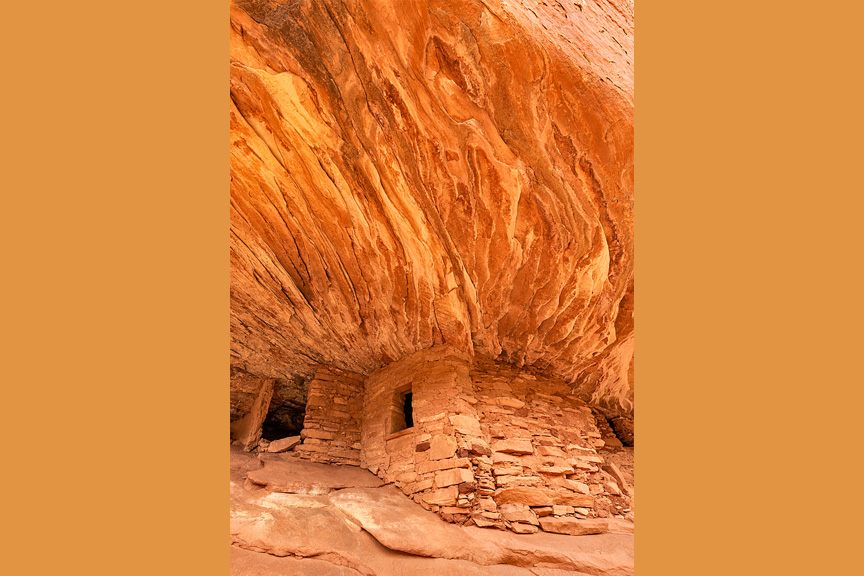
HOUSE ON FIRE This ancient cliff dwelling sits within the protected boundaries of Bears Ears.
WITOLD SKRYPZAK—GETTY IMAGESHow Big?
The size of protected land is a matter of debate. The Antiquities Act says monuments must be the “smallest area compatible
compatible
 ISTETIANA/GETTY IMAGES
existing together without conflict or problem
(adjective)
Peanut butter and jelly are compatible, so I eat them in my sandwich.
” with protecting the objects of interest they contain. Some say the act has been misused to set aside areas that are bigger than they need to be. President Barack Obama designated Bears Ears in December 2016. He made it bigger than the state of Delaware.
ISTETIANA/GETTY IMAGES
existing together without conflict or problem
(adjective)
Peanut butter and jelly are compatible, so I eat them in my sandwich.
” with protecting the objects of interest they contain. Some say the act has been misused to set aside areas that are bigger than they need to be. President Barack Obama designated Bears Ears in December 2016. He made it bigger than the state of Delaware.
In 1920, the Supreme Court ruled that President Roosevelt had the right to set aside the entire Grand Canyon for protection. (Congress later made it a national park.) Other courts have found that the president has the authority to decide what deserves protection.
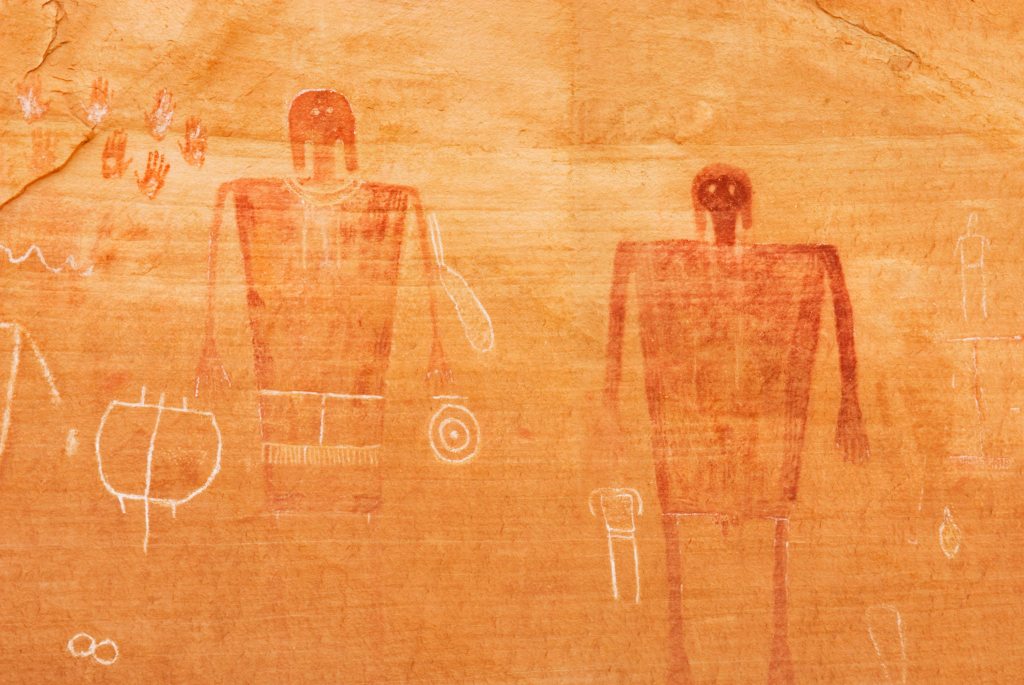
ANCIENT ROCK ART Utah is home to many historic panels of pictographs. Only some are in areas that are still protected.
ALAN MAJCHROWICZ—GETTY IMAGESTrump is not the first president to shrink monuments. But a president’s ability to reduce or do away with a monument has never been challenged in court. Experts disagree about how much power a president has to undo the actions of past presidents.
“We don’t want the land to be destroyed,” says James Adakai. He is a member of the Navajo Nation. He lives across the river from Bears Ears. “It’s like saying, ‘Let’s shrink Mount Rushmore.’” That is the South Dakota mountainside carved with the faces of four presidents. One is of Roosevelt, the first president to designate a national monument, more than a century ago.
Assessment: Click here for a printable quiz. Teacher subscribers can find the answer key in this week's Teacher's Guide.






